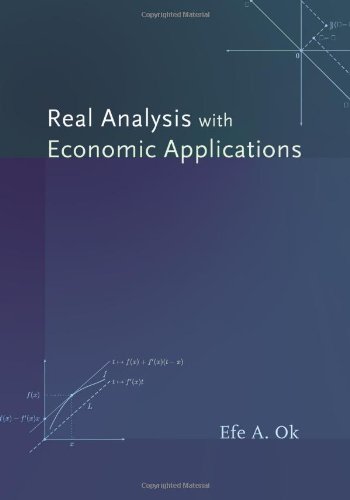

Most ebook files are in PDF format, so you can easily read them using various software such as Foxit Reader or directly on the Google Chrome browser.
Some ebook files are released by publishers in other formats such as .awz, .mobi, .epub, .fb2, etc. You may need to install specific software to read these formats on mobile/PC, such as Calibre.
Please read the tutorial at this link: https://ebookbell.com/faq
We offer FREE conversion to the popular formats you request; however, this may take some time. Therefore, right after payment, please email us, and we will try to provide the service as quickly as possible.
For some exceptional file formats or broken links (if any), please refrain from opening any disputes. Instead, email us first, and we will try to assist within a maximum of 6 hours.
EbookBell Team

4.8
104 reviewsThere are many mathematics textbooks on real analysis, but they focus on topics not readily helpful for studying economic theory or they are inaccessible to most graduate students of economics. Real Analysis with Economic Applications aims to fill this gap by providing an ideal textbook and reference on real analysis tailored specifically to the concerns of such students.
The emphasis throughout is on topics directly relevant to economic theory. In addition to addressing the usual topics of real analysis, this book discusses the elements of order theory, convex analysis, optimization, correspondences, linear and nonlinear functional analysis, fixed-point theory, dynamic programming, and calculus of variations. Efe Ok complements the mathematical development with applications that provide concise introductions to various topics from economic theory, including individual decision theory and games, welfare economics, information theory, general equilibrium and finance, and intertemporal economics. Moreover, apart from direct applications to economic theory, his book includes numerous fixed point theorems and applications to functional equations and optimization theory.
The book is rigorous, but accessible to those who are relatively new to the ways of real analysis. The formal exposition is accompanied by discussions that describe the basic ideas in relatively heuristic terms, and by more than 1,000 exercises of varying difficulty.
This book will be an indispensable resource in courses on mathematics for economists and as a reference for graduate students working on economic theory.